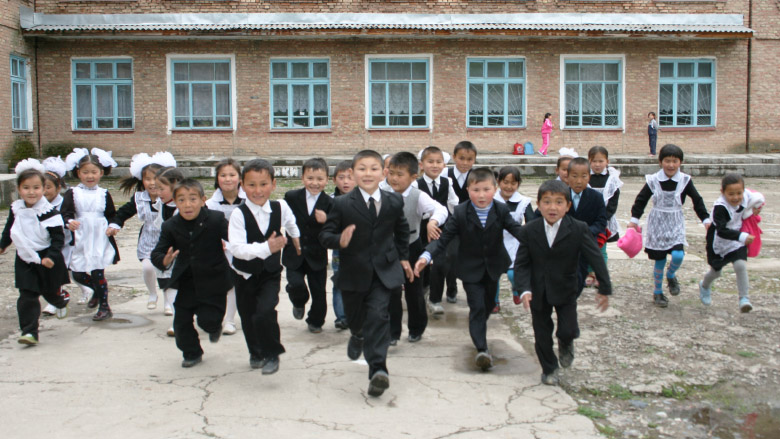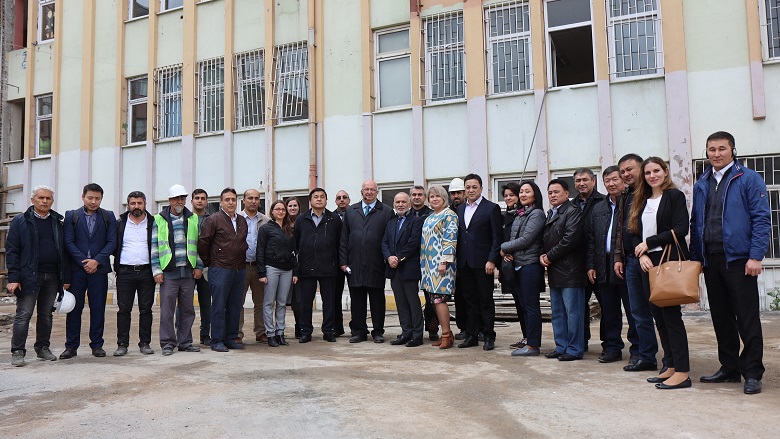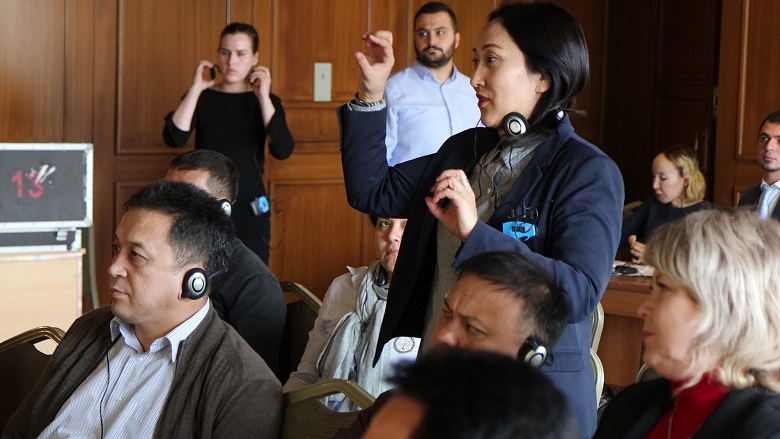Connecting Global Knowledge for Safe and Resilient Schools in the Kyrgyz Republic
While stunning natural landscapes and breathtaking lake and mountain views make the Kyrgyz Republic a sight to behold, this beauty also belies the seismic risks laying just below the country’s surface. At particular risk are the nearly 1 million students attending one of the more than 3,000 schools around the country – many of which are vulnerable to powerful earthquakes.
Together with the World Bank, the Kyrgyz Republic is taking a number of steps to increase the country’s resilience to earthquakes, including a recent, four-day, south-south knowledge exchange in Istanbul. There, a high-ranking delegation comprised of senior government officials and members of parliament learned about the Istanbul Seismic Mitigation and Emergency Preparedness (ISMEP) project and how lessons from this project could be applied to the Kyrgyz context, making schools resilient at scale.


